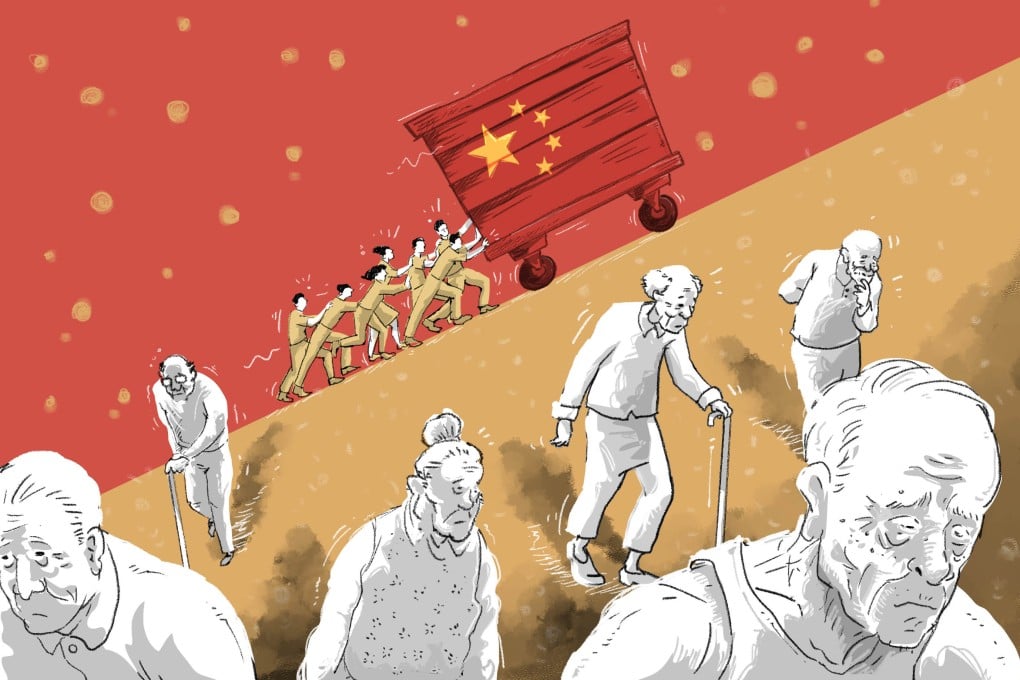How can China stay on path to prosperity as its demographic dividend ebbs away?
Growing elderly population another conundrum for Chinese policymakers grappling with high youth unemployment and ‘ultra-low’ fertility

Coming at least five years earlier than the turning point predicted by the United Nations, the start of China’s negative population growth underscored a looming demographic crisis and marked the advent of a new era for the world’s second-largest economy.
Without much historical experience to lean on, how to deal with a population that is ageing faster than in most other countries has become one of the toughest jobs for China as it seeks long-term prosperity and strives to become a “great modern socialist country” by the middle of this century, researchers said.
“If you look at some studies published 10 years ago, they foretold exactly what we are experiencing now,” said demographer Huang Wenzheng. “But the so-called mainstream economists and the government didn’t respond in a timely manner.”
Huang, who heads the Beijing-based YuWa Population Research Institute, a private think tank focused on demographic and public policy analysis, said the problem is being compounded because “the policies we’re seeing now are still short-sighted”.
A global issue, ageing populations are widely seen as a source of increased budgetary pressure because fewer workers have to support more retirees.